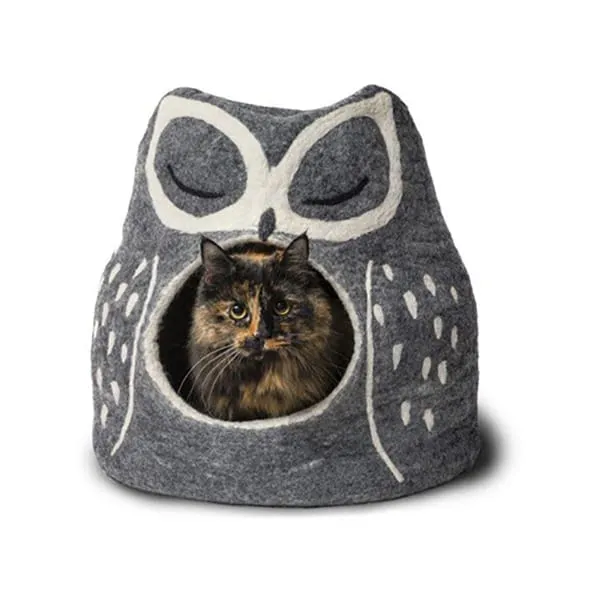Breathe Freely: Strategies for Minimizing Respiratory Health Dangers from the Litter Box
Breathe Freely: Strategies for Minimizing Respiratory Health Dangers from the Litter Box
Blog Article

Feline owners are no strangers to the daily task of scooping out their furry pal's litter box. It's a routine job that's typically neglected, yet crucial for preserving a clean and healthy environment for both cats and their human buddies. However, what numerous family pet owners may not recognize is that there are surprise health dangers related to the litter box that can pose risks to both human beings and cats alike. From respiratory concerns to parasitic infections, the litter box can harbor a variety of risks that need mindful attention and management.
One of the most common health dangers related to the litter box is respiratory problems. Cat litter, specifically clay-based ranges, can contain fine dust particles that end up being air-borne when disturbed during scooping or when felines dig in the litter. These dust particles can be breathed in by both cats and humans, resulting in breathing inflammation and exacerbating conditions such as asthma or allergies. Sometimes, prolonged direct exposure to litter dust can even trigger more extreme breathing problems in both cats and their owners.
To reduce respiratory dangers, it's vital to pick low-dust or dust-free litter options and to scoop the litter box in a well-ventilated area. Wearing a dust mask while cleaning the litter box can also help in reducing direct exposure to air-borne particles, especially for people with breathing level of sensitivities.
Another substantial health threat related to the litter box is the capacity for parasitic infections, especially from Toxoplasma gondii, a typical parasite discovered in feline feces. While the majority of healthy people might not experience signs if contaminated, pregnant females and people with weakened body immune systems are at greater danger of establishing serious problems, including abnormality and neurological disorders.
To reduce the risk of parasitic infections, pregnant women should avoid cleaning up the litter cat litter robot box completely and entrust this task to another home member. Additionally, all individuals need to practice excellent health practices, including washing hands thoroughly after managing the litter box or entering into contact with feline feces, to minimize the danger of transmission.
Many commercial feline litters consist of chemicals and additives that can pose health threats to both felines and people. For example, some fragrant litters may contain scents or necessary oils that can aggravate sensitive respiratory systems or activate allergic responses. Furthermore, clumping litters often consist of salt bentonite, a clay material that can broaden when consumed, leading to intestinal obstructions if taken in by felines.
To reduce chemical exposure, choose unscented or naturally-scented litters made from naturally degradable materials such as paper, wood, or plant-based options. These environmentally friendly options are not just much safer for your cat's health however also much better for the environment.
The litter box environment offers a perfect breeding place for bacteria, consisting of potentially harmful pathogens such as E. coli and Salmonella. These germs can pollute the litter box and surrounding locations, increasing the danger of infection for both cats and people. Cats can contract bacterial infections through direct contact with infected litter or by ingesting fecal matter during grooming, while humans can become contaminated through contact with polluted surface areas or incorrectly cleaned hands.
To reduce the danger of bacterial cat litter box contamination, it's important to clean up the litter box regularly utilizing hot water and moderate detergent, in addition to to decontaminate the surrounding location to prevent the spread of germs. Additionally, practicing great hand hygiene, including cleaning hands thoroughly after managing the litter box or coming into contact with feline feces, can help reduce the threat of bacterial transmission.
While the litter box may appear like a mundane aspect of feline ownership, it's important to acknowledge the possible health dangers related to this seemingly innocuous component. From breathing concerns to parasitic infections and bacterial contamination, the litter box can harbor a variety of dangers that require mindful attention and management. By taking proactive steps to decrease exposure to these dangers, feline owners can create a cat litter robot much safer and much healthier environment for both their feline companions and themselves.